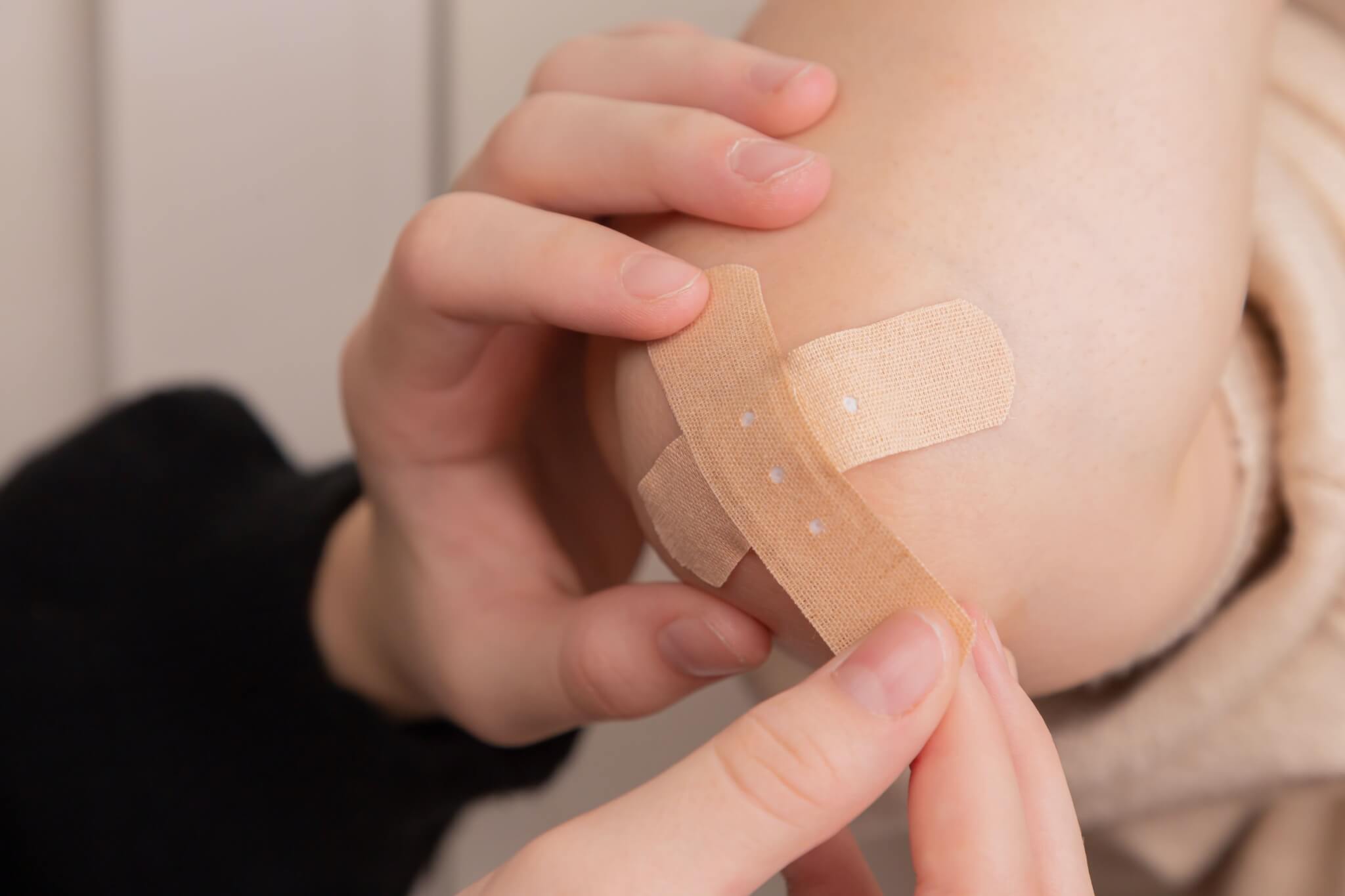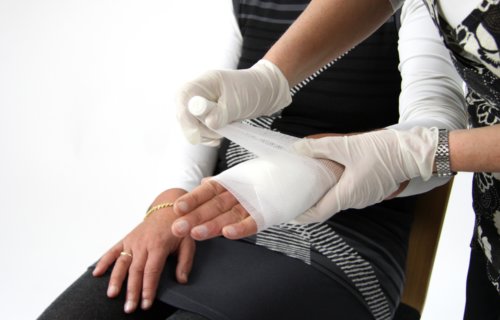SHEFFIELD, United Kingdom — There’s now hope for millions of people dealing with chronic wounds. Researchers from the University of Sheffield and the University of South Australia have created an innovative treatment for chronic wounds that forgoes traditional antibiotics in favor of a technology based on ionized gas. This new method, designed to activate hydrogel dressings — a common component in wound care — employs a specific mixture of chemical oxidants to cleanse wounds and accelerate healing.
This breakthrough could significantly impact the management of chronic wounds, such as diabetic foot ulcers, and offer a new solution to the growing problem of antibiotic-resistant infections.
“More than 540 million people are living with diabetes worldwide, of which 30 percent will develop a foot ulcer during their lifetime,” says study co-author Rob Short, a professor of chemistry at the University of Sheffield, in a university release. “This is a neglected global pandemic which is set to increase further in the coming years due to a rise in obesity and lack of exercise.”
With the cost of managing these wounds already surpassing $17 billion annually in the United States alone, the search for more effective treatments has never been more critical.
This study, published in the journal Advanced Functional Materials, utilizes cold plasma ionized gas, which has shown promise in controlling infections and promoting healing in clinical trials. The process generates a potent mix of reactive oxygen and nitrogen species (RONS), activated by the ambient air’s oxygen and nitrogen molecules. These chemical oxidants are known for their ability to kill bacteria and potentially stimulate the body’s immune response.
“Antibiotics and silver dressings are commonly used to treat chronic wounds, but both have drawbacks,” explains study lead author Dr. Endre Szili from the University of South Australia.
“Growing resistance to antibiotics is a global challenge and there are also major concerns over silver-induced toxicity. In Europe, silver dressings are being phased out for this reason.”

Researchers demonstrated that activating hydrogel dressings with RONS significantly enhances their bactericidal power, effectively killing common bacteria that infect wounds. While diabetic foot ulcers were the primary focus, the technology has the potential to be applied broadly to all types of chronic wounds and even internal infections.
One of the key challenges the team overcame was infusing hydrogels with high enough concentrations of RONS for clinical application. Their solution involved a novel electrochemical method to boost hydrogel activation. This breakthrough not only addresses bacterial infections but may also activate the immune system, offering a dual approach to tackling wound infections.
“Chronic wound infections are a silent pandemic threatening to become a global health care crisis,” adds Dr. Szili. “It is imperative that we find alternative treatments to antibiotics and silver dressings because when these treatments don’t work, amputations often occur.”
Dr. Szili hailed the plasma activated hydrogel therapy (PAHT) as an environmentally safe option that leverages air and water’s natural components.
“The active ingredients could be delivered over a lengthy period, improving treatment, with a better chance of penetrating a tumor,” Dr. Szili concludes. “Plasma has massive potential in the medical world, and this is just the tip of the iceberg.”
